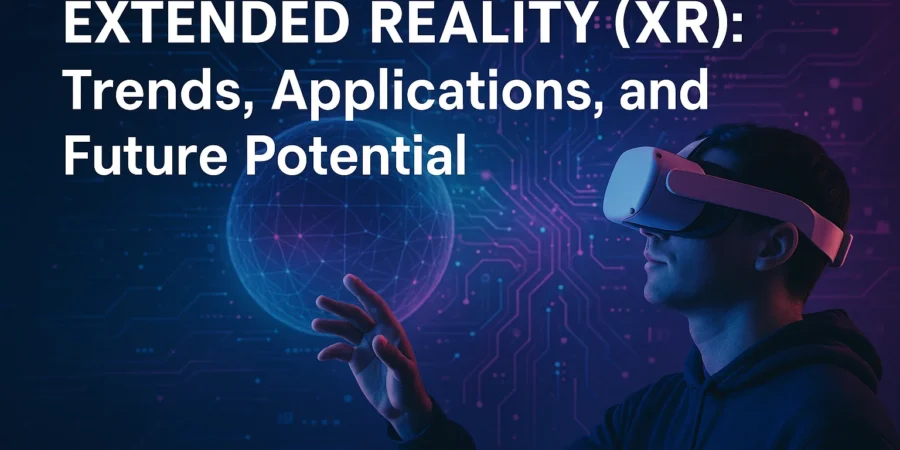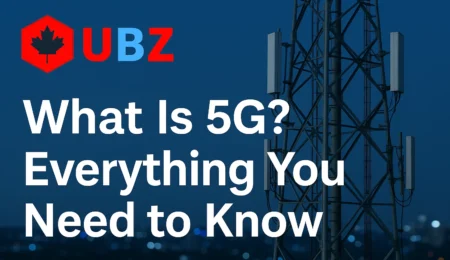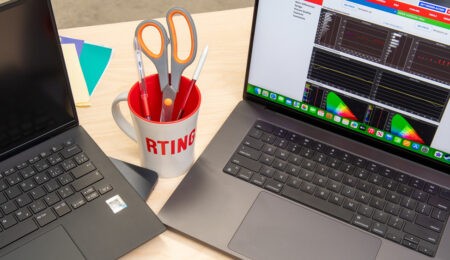Extended Reality (XR) is transforming how we interact with the world, blending physical and digital environments to create immersive experiences. Encompassing Virtual Reality (VR), Augmented Reality (AR), and Mixed Reality (MR), XR is an umbrella term for technologies that merge real and virtual worlds. From education to healthcare, gaming to industry, XR is reshaping industries and redefining user experiences. This article explores the latest trends, applications, and future potential of XR in 2025, highlighting its impact and challenges.
What is Extended Reality (XR)?
XR combines AR, VR, and MR to create interactive experiences that range from fully immersive virtual environments to digital overlays on the physical world. Virtual Reality immerses users in a simulated 3D environment, often through headsets like the Meta Quest 2, shutting out the physical world. Augmented Reality overlays digital content, such as 3D models or data, onto the real world, accessible via smartphones or AR glasses. Mixed Reality blends both, allowing users to interact with digital and physical objects simultaneously, as seen with devices like Microsoft’s HoloLens. These technologies rely on advanced hardware, sensors, and software to deliver seamless experiences, with applications spanning multiple sectors.
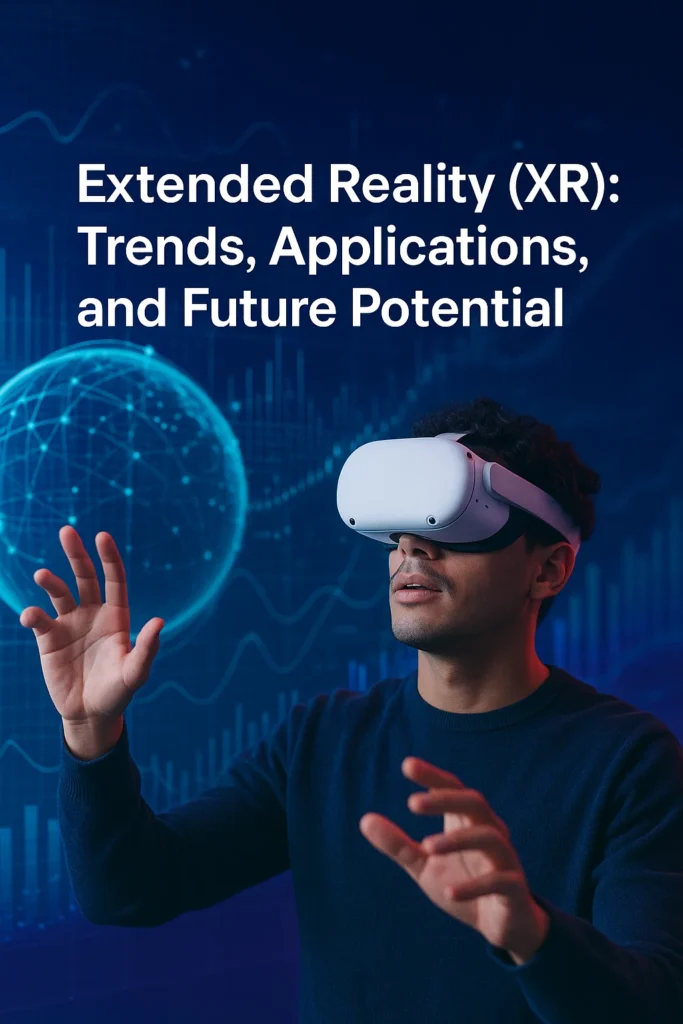
Current Trends in Extended Reality
The XR market is experiencing rapid growth, projected to reach USD 157.44 billion in 2025 and grow at a CAGR of 40.61% to USD 865.36 billion by 2030. Several trends are driving this expansion:
- Integration with AI and Machine Learning: AI enhances XR by enabling smarter, adaptive environments. For instance, AI-driven personalization tailors experiences to user preferences, improving interactivity in gaming and education.
- 5G and Cloud Advancements: The rollout of 5G networks supports XR with high bandwidth and low latency, enabling seamless cloud-based XR applications, especially for mobile AR.
- Metaverse Development: Analysts predict that 25% of people will spend at least one hour daily in the metaverse by the end of this decade, boosting XR adoption for work, education, and entertainment.
- Affordable Hardware: New consumer-grade VR headsets and AR toolkits are making XR more accessible, driving adoption in education and small businesses.
- Focus on Accessibility: Advances in haptic feedback and voice controls are creating inclusive XR environments for users with diverse abilities.
These trends reflect XR’s evolution into a mainstream technology, supported by innovations in hardware and connectivity.
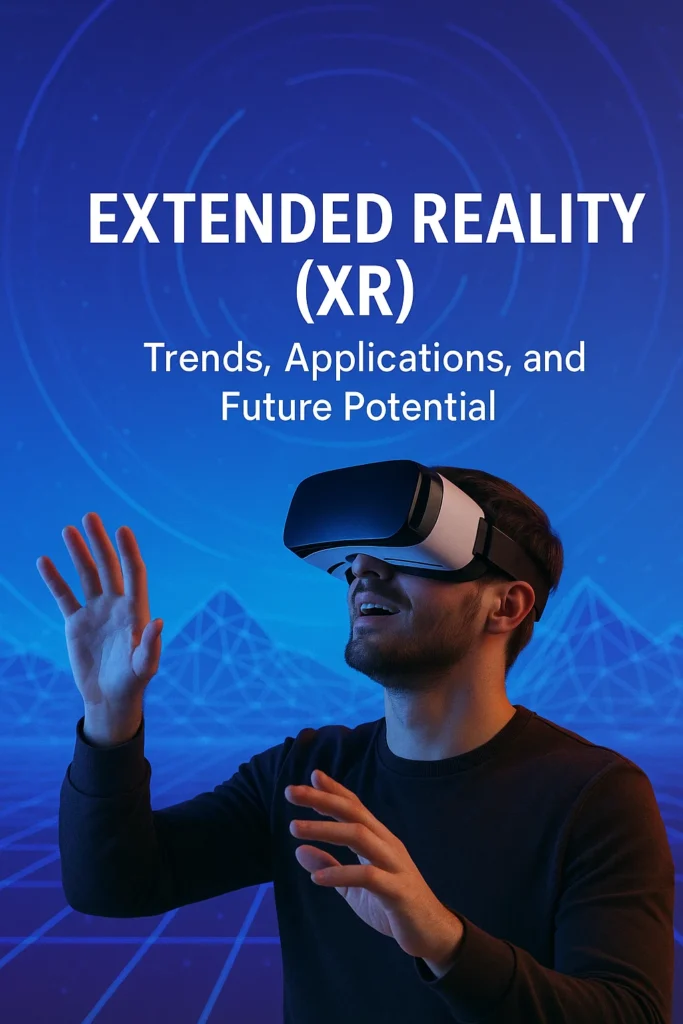
Applications of XR Across Industries
XR’s versatility is evident in its widespread adoption across various sectors. Here are some key applications:
Education and Training
XR is revolutionizing education by offering immersive learning experiences. For example, schools use AR apps to overlay digital representations of historical sites or anatomical models, enhancing student engagement. VR simulators train professionals like pilots and surgeons in safe, controlled environments. EDUCAUSE notes that XR’s integration into higher education requires careful planning for faculty development and resource allocation, but its potential to deepen learning is immense.
Healthcare
In healthcare, XR improves patient outcomes and medical training. VR is used for pain management and therapy, while AR enhances surgical precision by overlaying real-time medical imagery. A ScienceDirect study highlights XR’s benefits in neurosurgery, with 82% of applications focused on cranial tumor surgery, improving resection rates and functional outcomes. MR platforms like HoloScenarios provide immersive training for healthcare professionals, simulating complex procedures.
Gaming and Entertainment
The gaming industry has been a pioneer in XR adoption. Games like Pokémon Go leverage AR to blend digital characters with real-world environments, while VR headsets like Meta Quest 2 offer fully immersive gaming experiences. XR also enhances media production, with AR filters on platforms like Snapchat and virtual event experiences that replicate live attendance.
Industry and Manufacturing
In Industry 4.0, XR streamlines processes like equipment maintenance and prototyping. Mixed reality-based digital twins reduce downtime by simulating real-world machinery. MarketsandMarkets reports that XR’s use in manufacturing is growing, driven by its ability to enhance efficiency and training.
Retail and E-commerce
AR enables virtual try-ons for apparel, jewelry, and furniture, enhancing customer experiences. For example, shoppers can visualize furniture in their homes using AR apps, boosting e-commerce engagement. The rise of virtual destination previews is also transforming travel marketing.
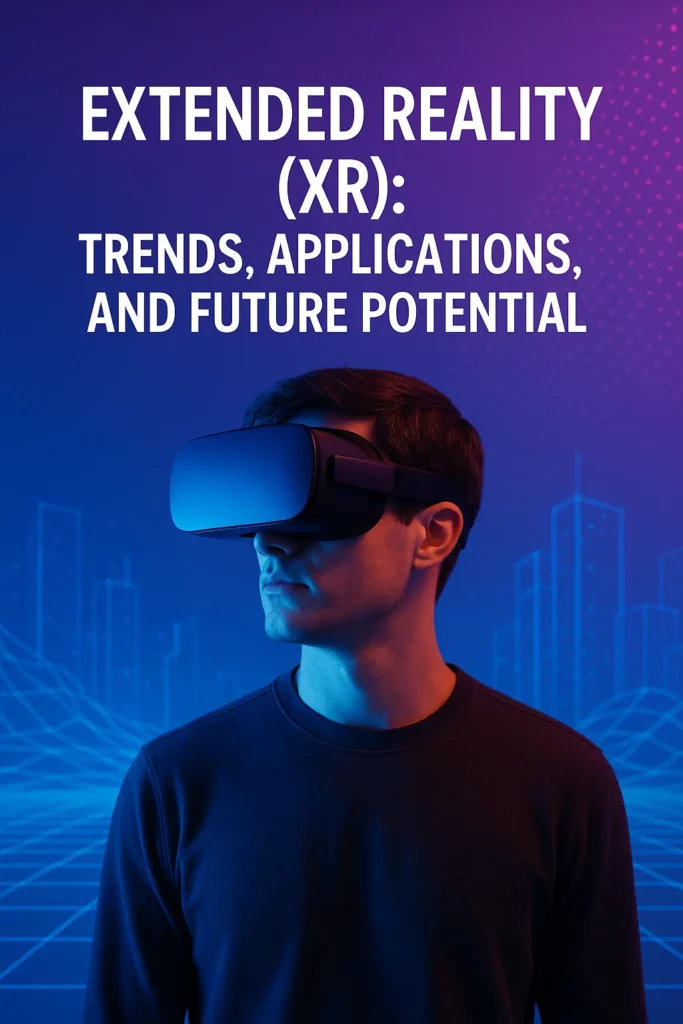
Challenges and Considerations
Despite its promise, XR faces several challenges:
- High Costs: Advanced XR hardware, like VR headsets and AR glasses, requires expensive components, limiting accessibility for smaller organizations and emerging markets.
- Cybersecurity and Privacy: XR’s reliance on diverse data sets increases vulnerability to cyberattacks. The U.S. GAO highlights the need for enhanced safeguards to address data privacy and online harassment in XR environments.
- Health Concerns: Prolonged XR use can cause motion sickness, disorientation, and unknown long-term cognitive effects, necessitating user-friendly designs and regular breaks.
- Regulatory Gaps: The WeProtect Global Alliance warns of risks like child exploitation in virtual environments, calling for robust regulations to ensure safety, especially for young users.
Addressing these challenges is critical to ensuring XR’s ethical and widespread adoption.
The Future of XR
The future of XR is bright, with ongoing advancements in hardware, software, and connectivity. The integration of 5G and AI will make XR experiences more seamless and personalized. The metaverse, a virtual shared space, is set to redefine social, professional, and educational interactions. AIMultiple predicts that 75% of the global population will be frequent AR users by 2025, driven by smartphone penetration and app accessibility. Additionally, XR’s role in remote work, offering virtual office environments, will support the growing trend of hybrid workplaces.
In education, XR will continue to create immersive curricula, while in healthcare, it will advance telemedicine and surgical precision. The entertainment sector will see more interactive storytelling, and industries will leverage XR for smarter manufacturing and prototyping. However, ensuring affordability, accessibility, and ethical governance will be key to unlocking XR’s full potential.
Conclusion
Extended Reality is no longer a futuristic concept but a transformative force reshaping how we learn, work, and play. With its rapid growth and diverse applications, XR is poised to become integral to everyday life. By addressing challenges like cost, privacy, and health concerns, and leveraging trends like AI and 5G, XR can deliver inclusive, impactful experiences. As we move toward 2030, XR’s ability to bridge physical and digital worlds will continue to drive innovation across industries, making it a cornerstone of the technological landscape.
